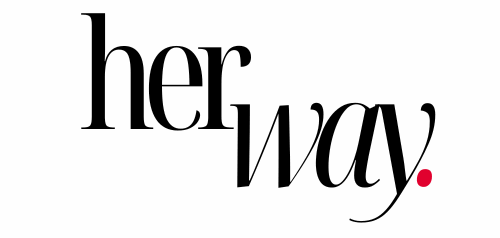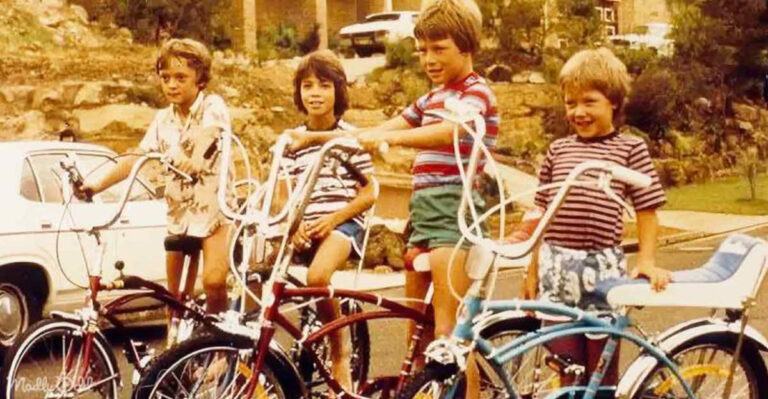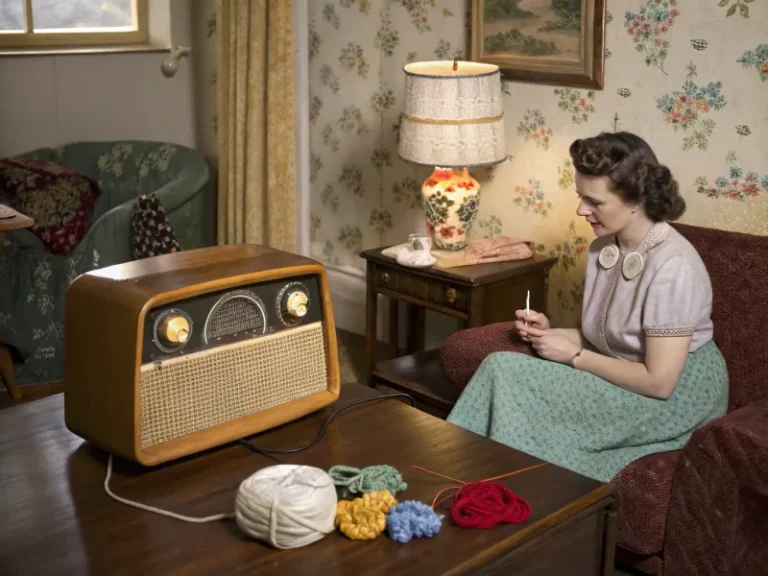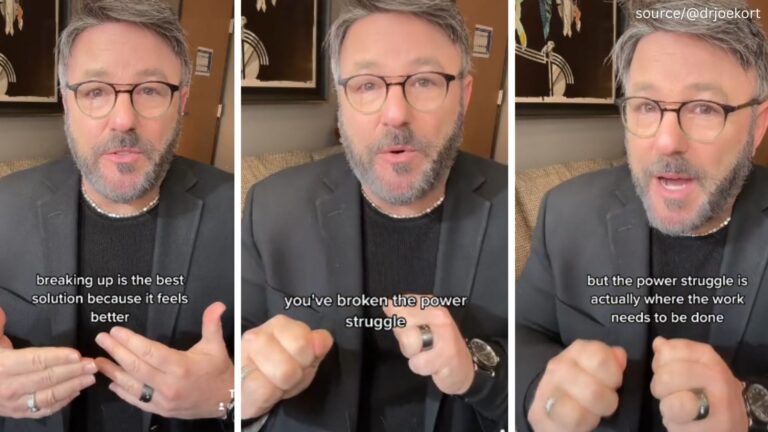16 Reasons Why Gen Z And Millennials Are Struggling To Work With Older Generations
In today’s diverse workplace, generational differences are more prominent than ever. Gen Z, millennials, and older generations often find themselves at odds over various workplace dynamics.
From differing attitudes towards professionalism to contrasting communication styles, these differences create friction and challenges in collaboration. Understanding these reasons is the first step toward fostering a more cohesive work environment.
1. Different Definitions of Professionalism

Imagine walking into a meeting where one attendee wears a hoodie and another dons a tailored suit. This contrast highlights differing definitions of professionalism between generations. Younger workers often value comfort and authenticity over traditional dress codes.
For them, professionalism is about performance and attitude rather than appearance, a view that sometimes clashes with older colleagues who equate a polished look with competence. This mismatch can lead to misunderstandings and judgments.
Both sides may feel their perspective is devalued, creating tension. Exploring these different approaches can open dialogues, encouraging workplaces to adapt and respect varied expressions of professionalism.
2. Resistance to Outdated Norms

‘Why fix what isn’t broken?’ might be a common refrain from older generations, cherishing long-standing norms. However, Gen Z and millennials are often more inclined to challenge outdated procedures, seeking innovative solutions.
This resistance to change can create friction, as younger employees crave progress and efficiency, while older colleagues may prioritize stability.
The clash is not about disrespect but a desire for evolution. By understanding each other’s motivations, organizations can foster a culture where questioning norms leads to growth and improvement, rather than conflict.
3. Conflicting Attitudes Toward Mental Health

In recent years, mental health has become a focal point for younger workers. Gen Z and millennials prioritize mental well-being, advocating for open dialogues and support systems in the workplace.
Older generations, however, might view this focus as a sign of vulnerability or lack of resilience, clinging to a ‘tough it out’ mentality. This divergence can lead to misunderstandings, as younger employees might feel unsupported or stigmatized.
Fostering an environment where mental health is openly discussed and respected across generations can turn a potential conflict into a collective strength.
4. Misunderstandings Around Digital Fluency

Digital natives, Gen Z and millennials, navigate technology with ease, often leaving older generations struggling to keep up. This fluency can lead to misunderstandings, where younger workers assume technological efficiency is universal.
Older employees may feel embarrassed or reluctant to ask for help, leading to inefficiencies and frustration on both sides.
By approaching these gaps with patience and understanding, workplaces can bridge the digital divide, encouraging knowledge sharing and mutual respect.
5. Differing Expectations About Loyalty

Loyalty in the workplace has evolved, with younger generations valuing personal growth over long-term tenure. Gen Z and millennials often seek opportunities that align with their values and offer career advancement.
Conversely, older generations may view frequent job changes as a lack of commitment, leading to misinterpretations of dedication. This difference in expectations can create friction, as younger employees feel misunderstood, and older colleagues question their reliability.
Bridging this gap requires acknowledging these evolving career philosophies and finding common ground in shared goals.
6. Disagreements Over Work-Life Balance

The concept of work-life balance has shifted dramatically, with Gen Z and millennials championing flexibility and personal time. This contrasts with older generations who might have prioritized work over personal life, viewing long hours as a badge of honor.
This divergence can lead to disagreements, as younger employees negotiate for remote work and flexible schedules.
Understanding these preferences and integrating flexibility into the workplace can help bridge the gap, ensuring productivity and satisfaction for all employees.
7. Contrasts in Communication Tone

Communication styles can differ significantly between generations, with younger workers favoring informal, quick messaging platforms like Slack. Older generations might prefer the formality and structure of emails, seeing them as professional and clear.
This contrast can lead to miscommunication, as the tone and immediacy of messages vary. Younger employees might feel bogged down by lengthy emails, while older colleagues may find instant messaging too casual. By embracing diverse communication styles, workplaces can enhance collaboration and reduce friction.
8. Confusion Over What “Hard Work” Looks Like

The perception of ‘hard work’ has evolved with technology and generational shifts. Younger workers might focus on efficiency and results, utilizing digital tools, while older generations might emphasize physical presence and hours spent.
This can lead to confusion and potential judgments, as older employees might perceive younger ones as lacking dedication, while younger workers may view traditional methods as outdated.
Recognizing these differences can foster a more inclusive environment, where all forms of hard work are valued and appreciated.
9. Clashing Views on Feedback and Authority

Younger workers, especially millennials and Gen Z, often seek regular feedback to grow and excel. They value transparency and open dialogues with authority figures.
Older generations, however, might view frequent feedback as unnecessary, adhering to a more hierarchical structure where authority is less questioned. This can lead to clashes, as younger employees might feel their growth is stunted, while older colleagues may find constant feedback requests intrusive.
Understanding these differences can enhance workplace culture, promoting growth through balanced feedback dynamics.
10. Gen Z’s Openness vs. Older Generations’ Privacy Norms

Gen Z’s openness extends beyond work discussions, often sharing personal insights with colleagues. This transparency can be refreshing but might clash with older generations who value privacy and boundaries.
This cultural shift can lead to discomfort, as older employees may perceive openness as oversharing. Younger workers, meanwhile, might feel restricted or judged.
Balancing openness with respect for privacy can create a harmonious workplace where diverse interactions are appreciated and accepted.
11. Stereotyping Younger Workers as “Entitled”

The label of ‘entitled’ often unfairly sticks to younger generations, particularly Gen Z and millennials. This stereotype stems from their desire for rapid growth, meaningful work, and a strong work-life balance.
Older generations may see these demands as unrealistic or self-centered, leading to misunderstandings and tension. However, younger workers’ aspirations often drive innovation and change, challenging traditional norms.
Recognizing the value in these ambitions can foster mutual respect, transforming perceived entitlement into empowerment and growth.
12. Labeling Older Workers as “Stuck”

Older workers often face the stereotype of being ‘stuck’ in their ways, resistant to change and innovation. This label can overlook the wealth of experience and stability they bring to the workplace.
Younger generations might see older colleagues as obstacles to progress, while older workers may view rapid change as unnecessary. These perceptions can create a divide, inhibiting collaboration.
Valuing each generation’s strengths and encouraging cross-generational mentoring can bridge gaps and drive collective success.
13. Disagreement Over Job-Hopping vs. Tenure

Job-hopping is a trend embraced by younger generations, who see it as a path to growth and learning. This contrasts with older workers who value tenure and stability, viewing frequent moves as a lack of commitment.
This disagreement can lead to friction, as younger employees seek flexibility and new challenges, while older colleagues emphasize loyalty.
Understanding these perspectives can help workplaces appreciate diverse career paths, recognizing the benefits of both stability and exploration.
14. Friction Around Activism in the Workplace

Activism is a prominent aspect of Gen Z and millennials’ identities, often reflected in their workplace values. They seek purpose-driven roles that align with social and environmental causes.
Older generations may prioritize business objectives over activism, seeing the latter as a distraction. This can create friction, as younger employees push for change and older colleagues focus on traditional goals.
Aligning these priorities by integrating activism into business strategy can satisfy both perspectives, fostering a more dynamic and engaged workplace.
15. Tension Between Tradition and Innovation

Innovation is often driven by younger generations eager to challenge the status quo. This enthusiasm can sometimes clash with older generations who value tradition and proven methods.
The tension between new ideas and established practices can hinder collaboration, as both sides struggle to find common ground. Younger workers may feel stifled, while older employees may fear losing relevance.
Fostering an environment that values both tradition and innovation can lead to breakthroughs, combining the best of both worlds.
16. Misalignment on What Makes a Workplace Feel Respectful

Respect in the workplace can mean different things to different generations. Younger workers often seek inclusivity, open communication, and recognition, viewing these as signs of respect.
Older generations might equate respect with hierarchy, formality, and experience. This misalignment can create tension, as each group feels undervalued by the other’s standards.
Creating a respectful workplace involves understanding these differing perspectives and fostering an environment where all employees feel valued and heard.







